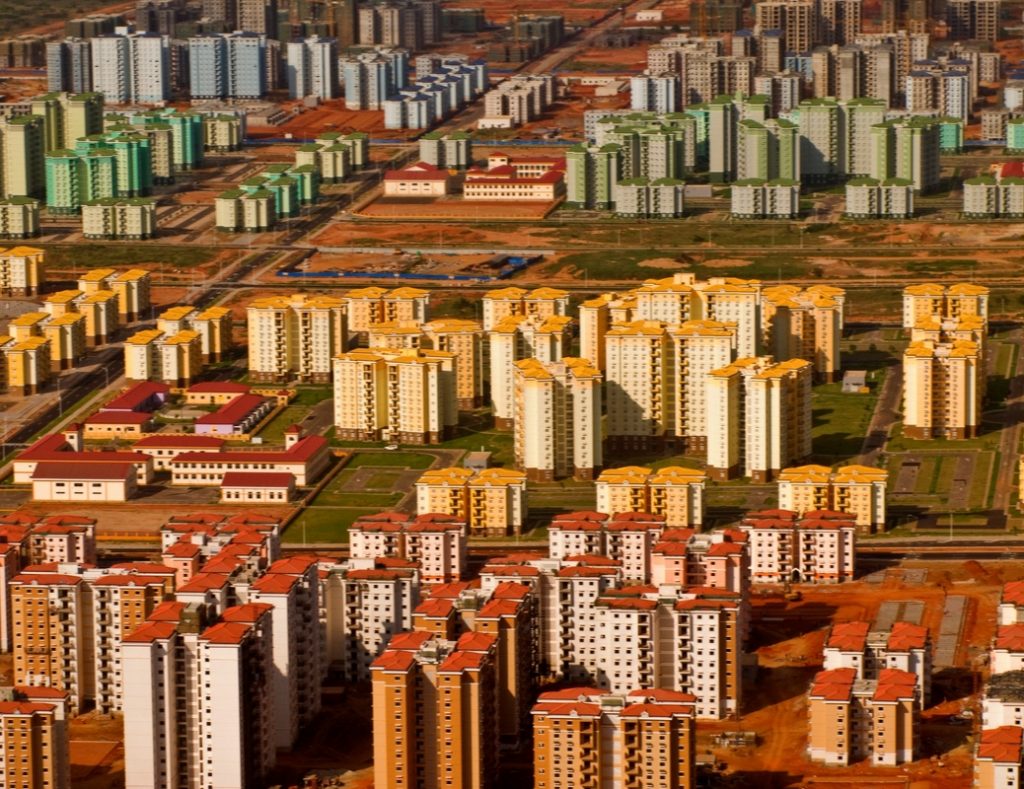“Ghost cities” portend total global economic collapse
10/14/2015 / By Julie Wilson

Cities built to completion in China remain eerily empty as the nation’s economy continues to weaken, sparking concerns about what will happen to the thousands of unoccupied buildings that stand tall, secured by expensive and newly built infrastructure.
China’s “ghost cities” consist of soccer stadiums, shopping malls, high-rise office buildings and cookie-cutter housing developments that seemingly stretch on for miles, all standing vacant with not a buyer in sight. Even the roadways are finalized, fully equipped with functioning street lights. The only thing needed to bring these tenantless cities to life is humans.
The cities were built in anticipation that Chinese workers and rural populations would relocate to the urban centers; however, that has yet to happen.

Built by the state-owned China International Trust and Investment Corporation, Cidade de Kilamba is located just outside of Angola’s capital city of Luanda.
“China has kept its deceptive GDP (Gross Domestic Product) going in the past in the same manner as the rest of the global economy – with smoke, mirrors, and lies,” reports GeoEngineering Watch.
Once used as a tactic to keep the illusion of growth persisting in China, “ghost cities,” as they have now been coined, are a huge indicator of what’s in store not only for the future of China but for the rest of the world as nations are increasingly financially interconnected through a global trade market.
Additional sources:
Tagged Under: China, China stock market, construction industry, economic collapse, economic growth, economy, GDP, global collapse




















